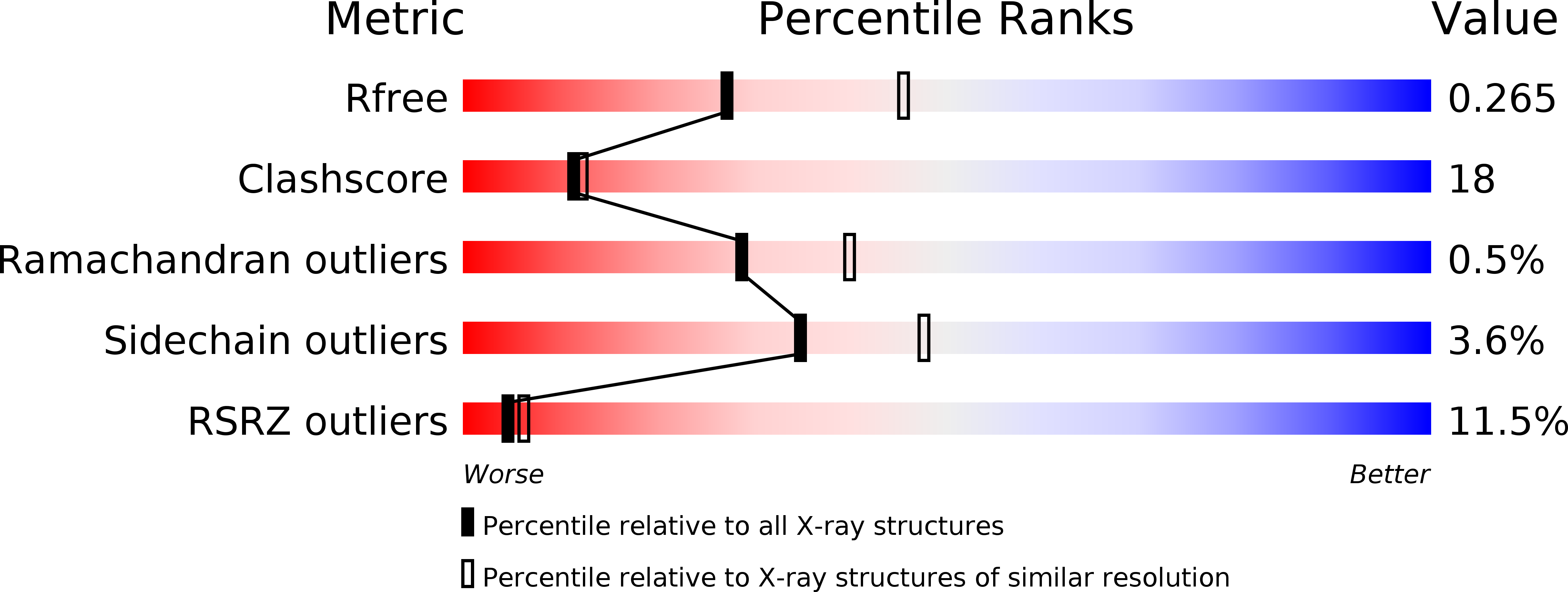
Deposition Date
2018-01-08
Release Date
2018-09-12
Last Version Date
2023-11-22
Entry Detail
PDB ID:
5Z3Q
Keywords:
Title:
Crystal Structure of a Soluble Fragment of Poliovirus 2C ATPase (2.55 Angstrom)
Biological Source:
Source Organism:
Human poliovirus 1 Mahoney (Taxon ID: 12081)
Host Organism:
Method Details:
Experimental Method:
Resolution:
2.55 Å
R-Value Free:
0.26
R-Value Work:
0.20
R-Value Observed:
0.20
Space Group:
P 1 21 1


